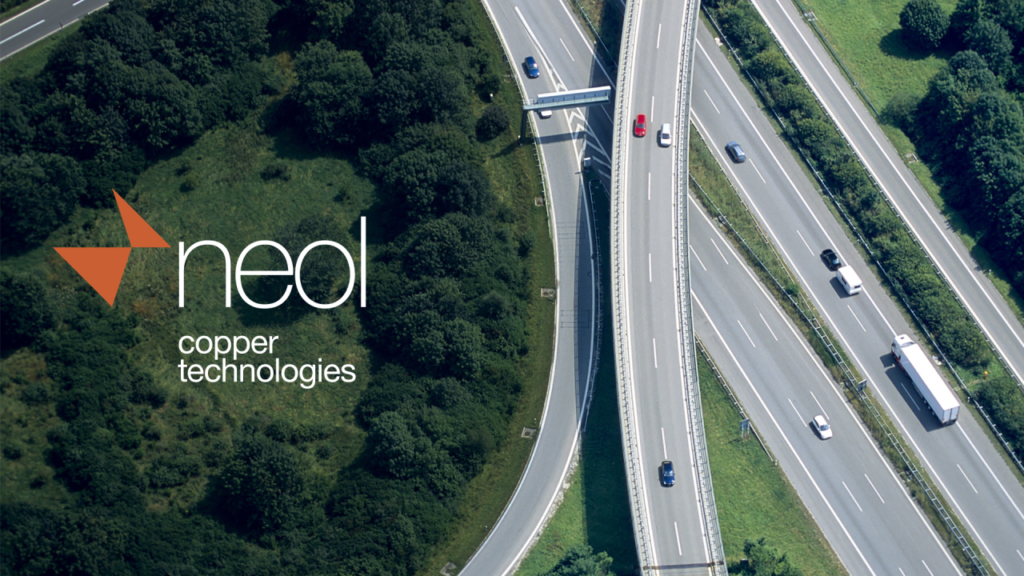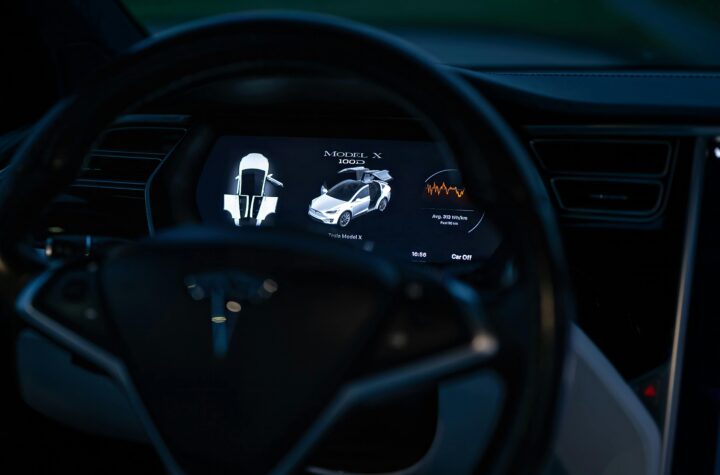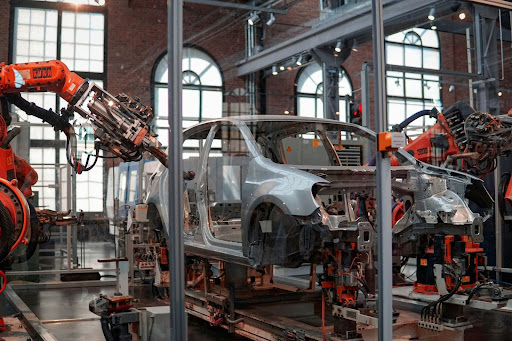
Leyla Alieva, Co-Founder and CEO of NEOL Copper Technologies, and Professor Boris Zhmud, CTO, Tribonex AB
In the rapidly transforming automotive sector, e-mobility stands out as a pivotal area of innovation and growth. The advancement of e-mobility solutions is having an important impact on our society, with more people choosing greener transportation methods as they become environmentally conscious. Current environmental policies and rapid adoption mean the global electric vehicle (EV) fleet is set to grow twelve-fold by 2035.
However, keeping EVs, along with hybrid vehicles, well-maintained is a challenge. Securing a more sustainable future means delivering reliable e-mobility solutions, affordable for customers. Overcoming concerning worries over long-term dependability of EVs is essential to ensuring user confidence. Even though most failures in modern vehicles are electric, tribology still plays an important role. Friction and wear are always there. A faulty control module and a faulty bearing in electric motor will bring the same level of nuisance to the vehicle’s owner. Hence, effective collaboration between mechanical engineers and lubricant developers is crucial for adoption of EV technology.
While there are more environmentally friendly vehicles being manufactured, there has also been a rise in high-efficiency lubricants that can offer more substantial protection against component wear. This article will address the strenuous circumstances that cause wear in both EVs and hybrid vehicles, how these challenges can be resolved and why embracing a range of technologies will be pivotal in developing sustainable e-mobility solutions.
Facing the challenges in e-mobility lubrication
To shed light on the complexities and future trends of this critical industry, it is important to establish the lubrication challenges facing vehicle and component manufacturers. For hybrid vehicles, the intermittent operation of internal combustion engines at lower temperatures poses significant issues, such as increased water accumulation in the engine oil and higher fuel dilution. These conditions result in specific tribological stress on engine components, necessitating specialized lubricant solutions.
Fully electric vehicles present a different set of challenges. Their electric motors operate at high speeds, at around 12,000 to 18,000 rpm, and this demands that lubricants withstand these rigorous conditions, with high-performance motors reaching 24,000 rpm. These speeds are only set to increase as well. For instance, motors running at 30,000 rpm are being prepared for the next generation of EVs and there already are experimental designs of interior permanent magnet synchronous motors (IPMSM) reaching 100,000 rpm. With these extremely high speeds in mind, material compatibility and the need for effective cooling solutions further complicate the development of suitable lubricants for EVs.
Addressing these challenges requires innovative solutions in both hardware and lubricant formulations. There have been several key advancements that would support both hybrid and electric vehicles. Lower viscosity synthetic oils are a good example of a lubricant that could significantly benefit hybrid vehicles, offering improved flow in cold-start conditions.
For high-speed electric motors in EVs, methods like force lubrication and spray lubrication are being developed, as traditional splash lubrication is often inadequate. Finally, waterborne lubricants are being explored for their superior cooling properties. However, while these are hoped to be more comprehensive solutions, they are still in development.
The potential of copper filming technology
Lubricant developers are always looking for new ways to improve the sustainability and reliability of vehicle components. One avenue that is showing promise is the development of lubricants with copper filming technology. It offers unique protective properties against hydrogen-related damage, which is prevalent in tribological contacts.
The technology, particularly using metal-organic copper compounds, is compatible with EV systems, avoiding issues like copper corrosion that limit other additives. Higher affinity of copper additives to surfaces makes it potentially more effective than traditional zinc-based detergents. Furthermore, even though copper is considered to be an oxidation promotor, copper additives are not. In fact, oxidation tests show that copper additives act synergistically with antioxidants. Hence, synthetic lubricants deploying the copper filming technology are characterized by an extended service life.
Early results from numerous real-world and laboratory-controlled projects that include testing copper filming technology in crankcase lubricants have demonstrated quantifiable performance benefits. This technology has shown to not only reduce friction but also provide wear protection, which is crucial for performance and efficiency.
Embracing collaborative development
In order to overcome these challenges around lubrication, the e-mobility sector could adopt a consortium model to enhance collaboration between mechanical engineers and lubricant developers. By bringing together hardware designers and lubricant formulators early in the development process, the industry can create tailored solutions for the diverse range of EV hardware. This approach requires open communication, collaborative testing programs and data sharing, focusing on developing bespoke solutions rather than one-size-fits-all products. Streamlining approval processes is also critical to encourage innovation, especially from smaller companies.
By embracing new approaches and lubricant technology, as well as fostering collaboration, the automotive industry can overcome the challenges of EV lubrication. As EV adoption continues to rise, there is pressure on manufacturers to make their vehicles reliable and thanks to the latest developments there is a pathway for a sustainable, efficient future.
While it would be right to be cautious about predicting a fully electric fleet within the next 20 years, there is hope that a more pragmatic multi-technology approach can achieve carbon neutrality in the future. As well as e-mobility, fuel cells, hydrogen engines, and renewable fuels each have a significant role to play. This diversified strategy is necessary to overcome the limitations of resources, current energy mixes, and the carbon footprint associated with battery manufacturing and recycling.












More Stories
Sensor Fusion and the Next Generation of Autonomous Driving Systems
Unique Experiences in Miami: What to Do Off the Beaten Path
The Factors That Impact the Outcome of a Car Accident Claim